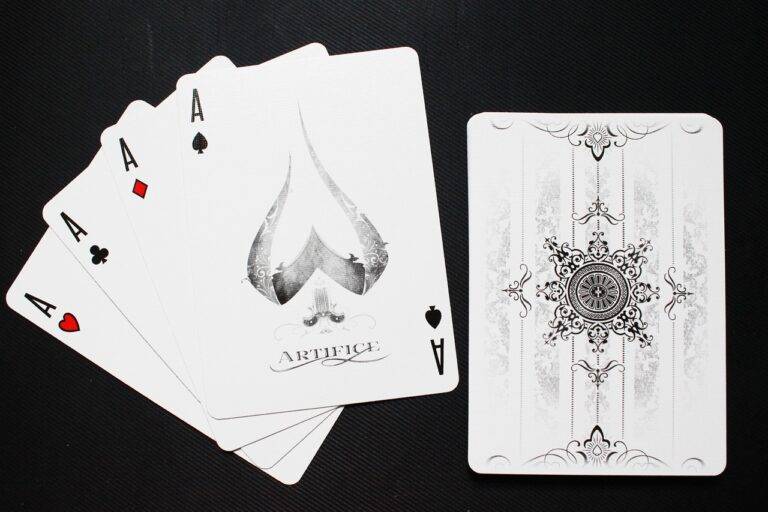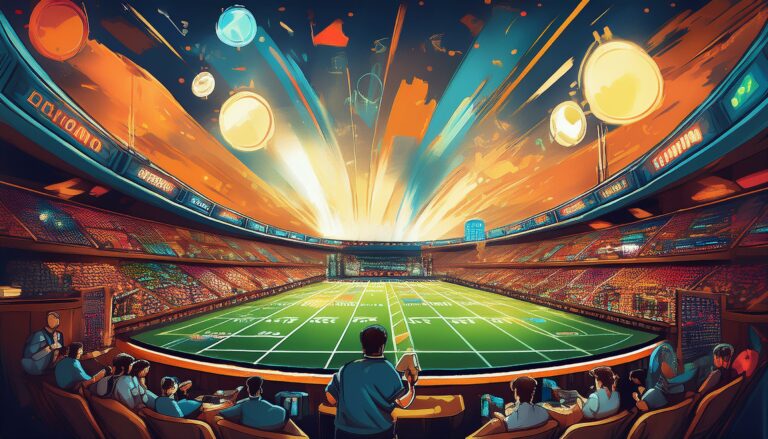The Impact of COVID-19 on IPL Social Media Marketing Strategies: Cricbet.99, Sky1exchange, Cricbet99 reddy anna
cricbet.99, sky1exchange, cricbet99 reddy anna: The Impact of COVID-19 on IPL Social Media Marketing Strategies
The COVID-19 pandemic has brought about a wave of changes in various industries, and the world of sports is no exception. The Indian Premier League (IPL), one of the most popular cricket leagues in the world, has also been affected by the pandemic. With matches being played in empty stadiums and a shift towards digital platforms, the IPL has had to adapt its social media marketing strategies to engage fans and maintain its brand presence. Let’s delve into the impact of COVID-19 on IPL social media marketing strategies.
1. Shift to Digital Platforms
In the wake of the pandemic, the IPL had to pivot its marketing strategies from traditional channels to digital platforms. With restrictions on physical events and gatherings, social media became the primary channel for engaging fans and promoting the league.
2. Emphasis on Virtual Fan Engagement
To compensate for the absence of spectators in stadiums, the IPL focused on virtual fan engagement through social media platforms. Interactive contests, live chats with players, and behind-the-scenes content became essential components of the league’s social media marketing strategy.
3. Importance of Real-time Updates
With matches being rescheduled and venues changing due to the evolving situation, real-time updates became crucial for keeping fans informed. Social media platforms such as Twitter and Instagram served as valuable tools for providing instant updates and maintaining transparency with fans.
4. Collaboration with Influencers
To enhance reach and engagement, the IPL collaborated with influencers and content creators to amplify its social media marketing efforts. These partnerships helped to reach a wider audience and generate buzz around the league despite the challenging circumstances.
5. Leveraging User-generated Content
User-generated content played a significant role in enhancing fan engagement during the pandemic. From fan artwork to creative challenges, the IPL leveraged user-generated content to foster a sense of community and keep fans connected to the league.
6. Focus on Brand Partnerships
As traditional sponsorship opportunities were limited due to the pandemic, the IPL focused on forging strategic brand partnerships to promote the league on social media. Collaborating with sponsors for contests, giveaways, and live streams helped to drive engagement and maintain brand visibility.
7. Adaptation to Changing Consumer Behavior
The pandemic brought about a shift in consumer behavior, with more people turning to digital platforms for entertainment and information. The IPL adapted its social media marketing strategies to align with these changing behaviors and cater to the evolving needs of fans.
8. Resilience and Innovation
Despite the challenges posed by the pandemic, the IPL demonstrated resilience and innovation in adapting its social media marketing strategies. By embracing digital transformation and exploring new ways to engage fans, the league successfully navigated the uncertainties of the COVID-19 era.
FAQs
Q: How did the IPL maintain fan engagement during the pandemic?
A: The IPL focused on virtual fan engagement, real-time updates, collaboration with influencers, user-generated content, and brand partnerships to maintain fan engagement during the pandemic.
Q: Did the IPL face any challenges in adapting its social media marketing strategies to the pandemic?
A: Yes, the IPL faced challenges such as the absence of spectators in stadiums, rescheduled matches, and changing consumer behaviors. However, the league demonstrated resilience and innovation in overcoming these challenges.
Q: What lessons can other sports leagues learn from the IPL’s social media marketing strategies during the pandemic?
A: Other sports leagues can learn the importance of digital transformation, virtual fan engagement, real-time updates, influencer collaborations, user-generated content, and brand partnerships in adapting to the challenges posed by the pandemic.







